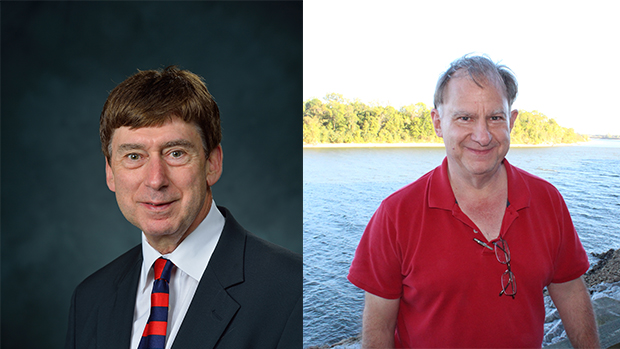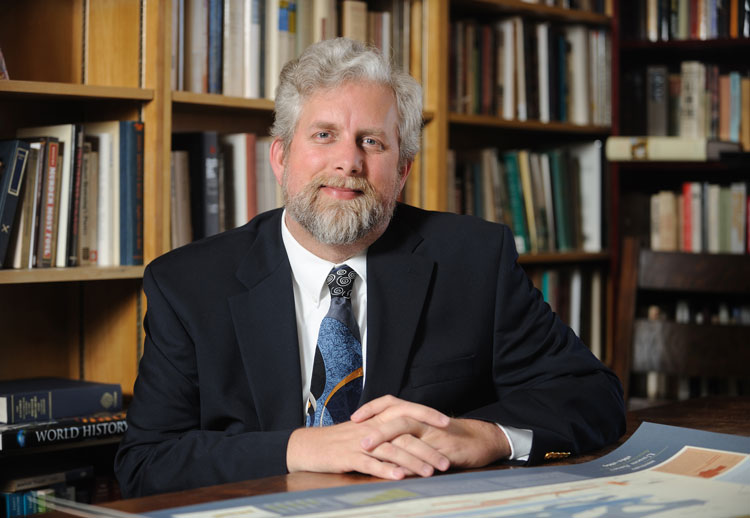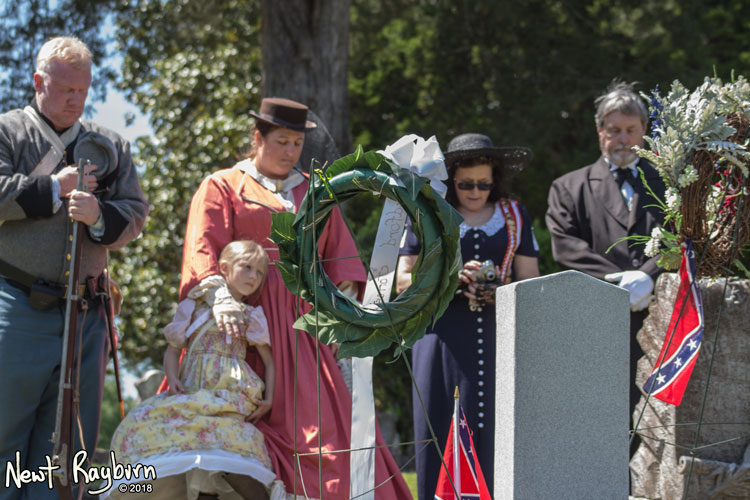
Editor’s note: The following column by Mr. Vasallo and Mr. Miller will be a continuing local history series focusing on topics related to Oxford and Ole Miss. Because the Confederate statues are a current hot topic, they begin with a brief conversation about local monuments.
At The Local Voice, we aim to provide a forum for conversation about topics that affect our community, and we strongly encourage anyone who wants to be heard to contribute. The opinions, beliefs, and viewpoints expressed by writers, contributors, or advertisers in this publication do not necessarily reflect the opinions, beliefs, or viewpoints of The Local Voice, our staff, other advertisers, or anyone else. We invite our readers to submit responses or remarks to any content we publish.
We want to hear your voice, and welcome respectful feedback. E-mail the editor at nature@thelocalvoice.net.

Starke, tell us exactly when the two Confederate monuments were erected in Oxford.
Starke: The one on campus was in 1906 and the monument on the Square was erected in 1907.
Who were the individuals or groups directly responsible for the placement of the monuments?
Starke: A local women’s Memorial Society (1892), a group of about 15 ladies, initially joined forces in 1900 with 11 ladies who had formed the Lafayette County Chapter of the United Daughters of the Confederacy (UDC). William Faulkner’s mother, Maud Butler Falkner, and his wife, Estelle, were very much engaged with the UDC.
Describe the environment/era in which these monuments were erected.
Starke: The South was devastated economically and emotionally following the War Between the States. It took literally decades to be in a position to raise the necessary funds for monuments. In addition, as Confederate veterans entered their 50s they began reflecting back—the lifespan at the turn the century was much shorter than today.
Because many of the Confederate mothers, wives, and sisters had never received their loved ones’ remains, they wanted to honor their deceased family members while also honoring those veterans who survived the War.
The left wing news media would have us believe that these monuments were erected to intimidate African American citizens.
Starke: The only way I know to respond to that is “absolute foolishness.” They were erected primarily to remember those who had died in the War, who were buried in largely unknown, unmarked graves.
Why was the first monument placed on campus?
Starke: This was somewhat influenced by the wives of professors. But the two main reasons were as a remembrance of over seven hundred Confederates buried on campus from the use of the University as a hospital after the Battle of Shiloh and to honor the Confederate dead in the town cemetery, Saint Peter’s.
The vote for this location was unanimous. One myth that has grown up over the years is that the University Greys stacked their books at this spot as they headed to the train station bound for the War. Though that is a great story, it just is not true.
Where was the stone for the monuments quarried?
Starke: Quarries near Atlanta such as the Tate Quarries. They were proud of using Southern stone.
What was the cost?
Starke: The monument on campus cost $2,000 and the one on the Square cost $3,000. The funds were raised by the ladies in every way imaginable—cake sales, Fraternity luncheons, dime drives, donations, baby showers, and even a sponsored baseball game.
You have previously mentioned the life of John C. Evans in conjunction with the monument story.
Starke: John C. Evans received the top honor in the Ole Miss class of 1862. His case represents one example of a family who did not get a body back. His family owned a house next to campus on University Avenue. John commanded a Lafayette County company at Shiloh. There Captain Evans lost his life. His body was never returned to Oxford and is presumed buried in a trench on the battlefield; some of the trenches contained as many as 400 remains. That house is named Memory House today, in his honor.
In 1866, the battlefield was carefully gone over by individuals wishing to exhume Union soldier remains, leaving Confederate remains there to rot. [editor’s note: The Federal government first established national cemeteries for Union soldiers during the Civil War, then “on April 13, 1866, a Joint Resolution of the Senate and House of Representatives authorized and required the Secretary of War ‘to take immediate measures to preserve from desecration the graves of soldiers of the United States . . . to secure suitable burial places in which they may be properly interred; and to have the graves enclosed so that the resting places of the honored dead may be kept sacred forever.’”*]
So much for compassion and civility to mankind. Returning to the monuments, were there dedication ceremonies for each?
Starke: Yes there were. In May, 1906, at least 1,000 individuals attended the dedication on campus. The following September (1907) witnessed a similar size crowd gathered on the Square.
Tell us about the involvement of Maud Butler Falkner.
Starke: Mrs. Falkner was out of town being treated for cancer when the decision was made to place the monument on campus. Upon her return, she was very upset that the town square had not been chosen. She launched a 16-month fundraising campaign with the local Confederate veterans to erect a second monument. (It is extremely rare to have two monuments in one small town such as Oxford.) Although she would not live long enough to witness the successful fulfillment of her initiative, her daughter-in-law then became actively involved in overseeing the monument’s construction on the Square.
Was the monument on the Square placed there for much the same reason as the University monument?
Starke: The Square monument was dedicated to the Lafayette County Civil War dead, the heroism and valor of the Confederate Soldier, and to the Confederate women of Lafayette County.
A recent national poll† reflects that 62 percent of the American people prefer to have Confederate monuments remain, a position that also has the blessing of President Trump. Your thoughts?
Starke: They are historic. They remember young men cut down in the prime of their lives. Communists and the Taliban tear down statues.
Tell us about the very large contribution made as recently as 2008 relating to the two monuments.
Starke: Approximately $100,000 was raised to refurbish both monuments by the Sons of Confederate Veterans.
In closing, discuss the tremendous sacrifice made by Ole Miss to the War.
Starke: Twenty-five percent of the students who were at UM in the school year 1860–1861were dead four years later at the end of the War. At least another 25 percent had been wounded. Try, if you can, to apply that percentage of loss to today’s student body.
Question: One final post thought: Were there any protests in either 1906 or 1907 at the time of the monuments’ dedications?
Starke: No, those old vets were considered heroes, and they would have dealt with any protest rather quickly!
* U.S. Department of Veterans Affairs, National Cemetery Administration. History and Developments of the National Cemetery Administration, https://www.cem.va.gov/cem/docs/factsheets/history.pdf.
† NPR, “NPR/PBS NewsHour/Marist Poll Aug. 16, 2017,” https://apps.npr.org/documents/document.html?id=3933461-NPR-PBS-NewsHour-Marist-Poll-Aug-17-2017.
Starke Miller is a local historian with emphasis on the Civil War and University Greys. Starke conducts regular historical tours and seminars on the Ole Miss campus, Oxford, Shiloh, and other Civil War battlefields. Currently, he is engaged in an in-depth research project involving the Confederate Cemetery on campus. Steve Vassallo is an Oxford resident, Ole Miss alum and one of the leading journalists with HottyToddy.com. He has previously written opinion pieces for the Oxford Eagle. In 2016, Steve was the Lafayette County Chairman for the Trump campaign.


